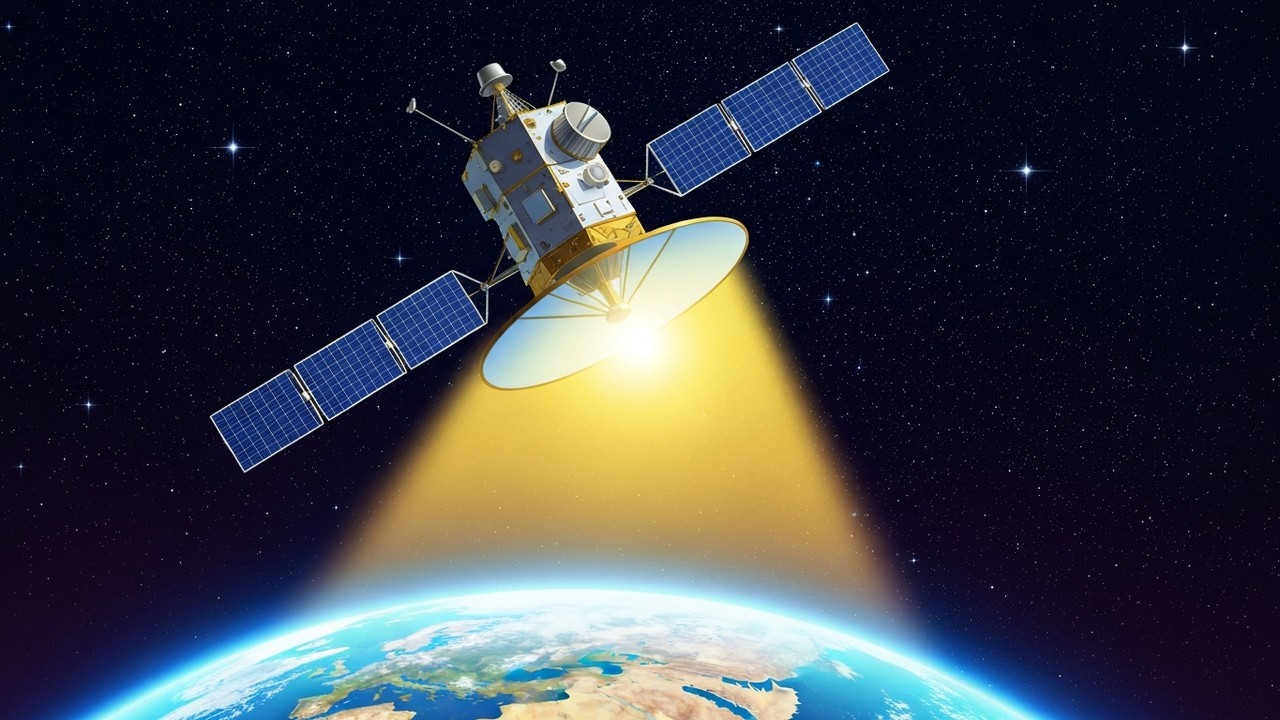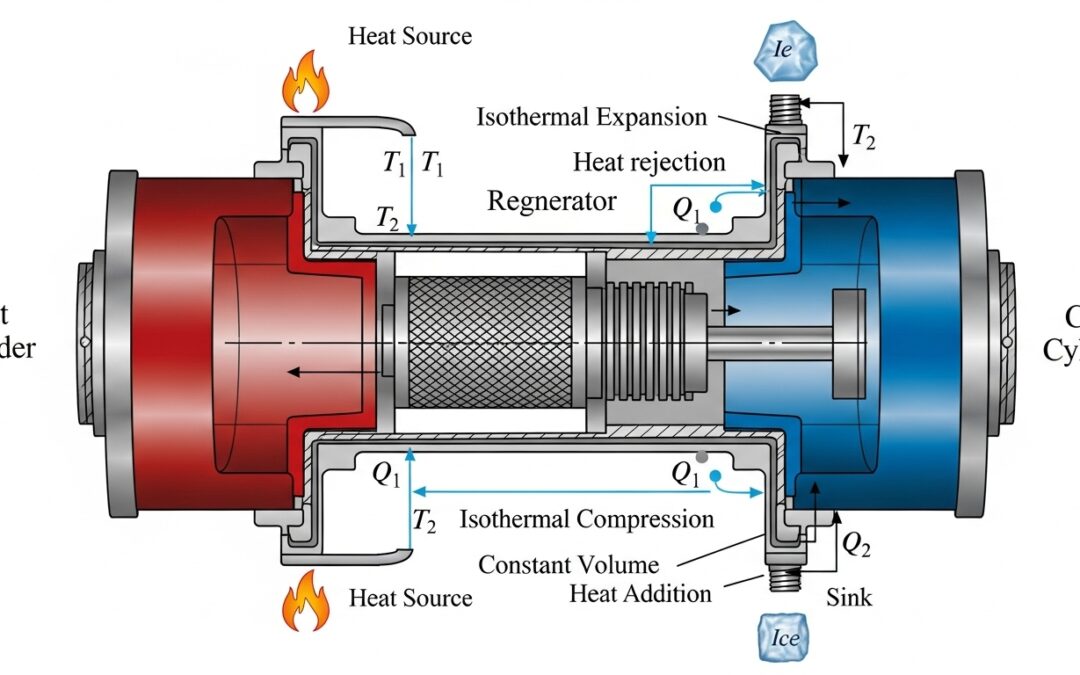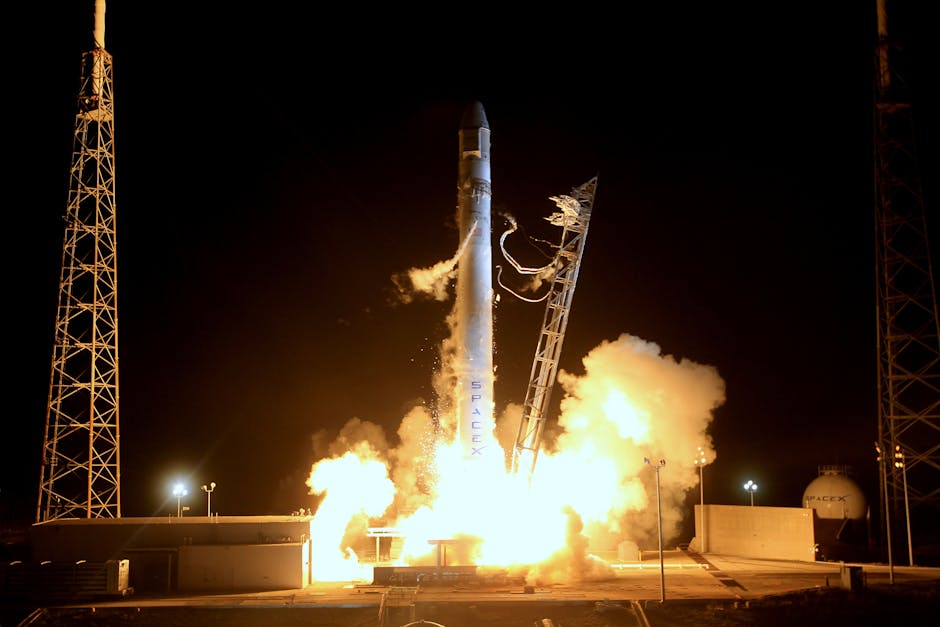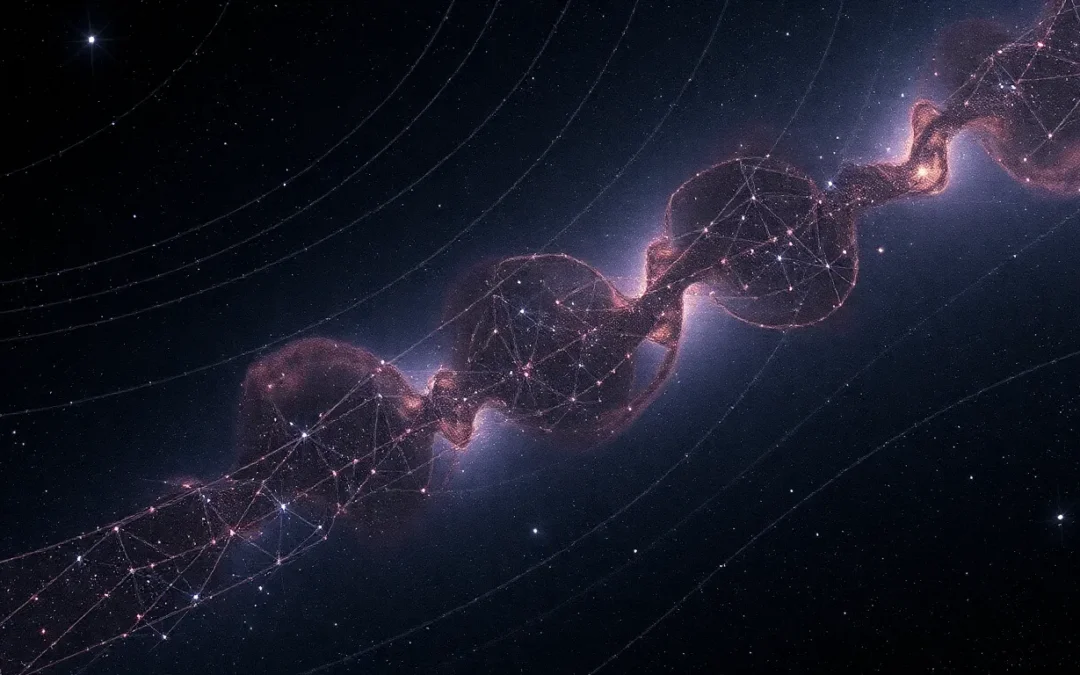Space-based sunlight projects are becoming more common, and it is important to understand their impact. The ambitions of tech companies to profit from Earth orbit are growing, and the potential disruption to astronomy is a major concern. This article discusses the risks associated with projects that aim to beam sunlight from space. You will learn to navigate the challenges presented by these projects.
Table of Contents
We Also Published
The increasing number of commercial space projects presents both opportunities and challenges. While technological advancements offer new possibilities, it’s crucial to assess their potential impacts. This article delves into the concerns surrounding projects that aim to beam sunlight from space, focusing on the risks to astronomical observations and the broader implications for our shared space environment.
The Dawn of Space-Based Sunlight
The idea of harvesting solar energy from space and beaming it to Earth isn’t new, but recent developments have brought it closer to reality. Companies like Reflect Orbital are leading the charge with ambitious plans to deploy large mirrors in orbit. These mirrors would reflect sunlight, potentially providing a constant source of power to solar farms, even after dark. The concept involves launching thousands of satellites to create a network capable of illuminating specific areas on Earth. This technology could revolutionize energy production, but at what cost?
The Technological Hurdles
While the concept is intriguing, the engineering challenges are significant. Maintaining the satellites’ position in orbit, managing the immense heat generated by the concentrated sunlight, and precisely directing the beams to their targets are complex tasks. Atmospheric interference, including clouds and weather conditions, could further reduce the efficiency of the system. The sheer scale of the project, requiring thousands of satellites, adds to the complexity and cost.
The concept’s success hinges on overcoming these technical obstacles. Overheating and station-keeping could be big problems for the sprawling, sunbathed satellite, as could the precise control required to pinpoint a reflected beam onto targets far below. The beam would also shed some of its energy in the atmosphere, with the potential for clouds and inclement weather to dramatically degrade its intensity. Overcoming these overlapping challenges would be a tall order, and the transmission losses alone could be astronomical across such vast distances.
The Economic and Environmental Considerations
Beyond the technical challenges, the economic and environmental impacts are also important. The cost of launching and maintaining thousands of satellites is substantial, raising questions about the project’s financial viability. Moreover, the environmental consequences, including the potential for light pollution and interference with astronomical observations, must be carefully considered.
The initial investment required to launch and maintain such a large constellation is significant. In addition, the long-term impact on the space environment, including the potential for debris and collisions, must be carefully considered. It’s also crucial to consider the potential for unforeseen consequences, such as interference with existing satellite services or disruptions to terrestrial ecosystems. Careful planning and thorough environmental impact assessments are essential to mitigate these risks.
Impact on Astronomical Observations
Astronomers are particularly concerned about the potential for these space-based sunlight projects to interfere with their observations. The reflected sunlight from these satellites could create significant light pollution, making it harder to study the universe. This interference could jeopardize decades of research and hinder future discoveries.
Light Pollution Concerns
The reflected beams, even if directed away from observatories, could still be bright enough to be seen from Earth. The number of satellites needed to consistently illuminate a target increases the potential for light pollution. The apparent brightness of these satellites could make them among the brightest objects in the night sky, impacting the ability to observe faint celestial objects. Even relatively far from the beam, the satellites would still have an apparent brightness that would make them among the brightest objects in the night sky.
The potential for light pollution is a major concern for astronomers. The satellites’ brightness could interfere with observations, especially of faint or distant objects. The increasing number of satellites in low-Earth orbit, combined with the brightness of the reflected sunlight, could create a significant obstacle to astronomical research. The impact on ground-based astronomical observatories, which already struggle to study the universe through existing levels of light pollution, is a real threat.
Interference with Telescopes
The reflected light could also directly interfere with telescopes, creating streaks of light across images and obscuring celestial objects. This interference would not only affect professional observatories but also amateur astronomers and anyone interested in observing the night sky. The cumulative effect of these projects could significantly alter our ability to explore and understand the universe.
The reflected beams could potentially saturate or damage sensitive telescope equipment. The constant movement of the satellites across the sky would create a dynamic and unpredictable source of light pollution. This interference would compromise the quality of astronomical data, making it harder to conduct research and make new discoveries. The impact on the quality of astronomical data and the ability to conduct research is a significant concern for the scientific community.
The Broader Implications
The projects have broader implications for the use of space and the protection of the night sky. The increasing commercialization of space raises questions about regulation, environmental responsibility, and the balance between technological progress and preserving shared resources.
Regulation and Oversight
The current regulatory frameworks may not be adequate to address the challenges posed by these projects. The need for updated regulations and international cooperation is clear. Clear guidelines and enforcement mechanisms are needed to ensure that commercial activities in space do not come at the expense of scientific research or the environment. Regulatory agencies, such as the Federal Aviation Administration and the Federal Communications Commission, need to provide oversight.
The existing space law, including the Outer Space Treaty, emphasizes the principle that countries must have “due regard” for others. However, this principle needs to be translated into specific regulations and enforcement mechanisms. International cooperation is essential to ensure that commercial activities in space are conducted responsibly and sustainably. The need for comprehensive and enforceable regulations is crucial to protect the interests of all stakeholders, including astronomers, environmentalists, and the public.
Environmental Responsibility
The potential for light pollution, orbital debris, and interference with wildlife raises questions about environmental responsibility. Companies must consider the long-term consequences of their activities and take steps to minimize their impact. The need for sustainable practices in space is becoming increasingly urgent as more projects are proposed and launched.
The long-term impact on the space environment must be considered. The potential for collisions and the creation of orbital debris pose a threat to existing satellites and future space missions. The impact on terrestrial ecosystems, including the potential for disruption to nocturnal wildlife, must also be carefully considered. Companies must prioritize sustainability and adopt practices that minimize their environmental footprint. Environmental impact assessments and the implementation of mitigation measures are essential to ensure the responsible use of space.
Key Takeaways
The pursuit of space-based sunlight projects presents both exciting possibilities and significant risks. While the potential benefits in terms of energy production are undeniable, it’s crucial to carefully consider the potential impact on astronomical observations, the environment, and the broader use of space. Balancing innovation with responsibility is key to ensuring that we can continue to explore and understand the universe while also protecting our planet and its resources. You will learn to mitigate the risks associated with these projects.
| Aspect | Description | Potential Impact |
|---|---|---|
| Technology | Satellites with mirrors redirecting sunlight. | Light pollution, interference with telescopes. |
| Economic | High launch and maintenance costs. | Financial viability concerns. |
| Environmental | Potential for debris and light pollution. | Threat to astronomy and wildlife. |
| Regulation | Limited oversight of commercial projects. | Need for updated regulations and international cooperation. |
Also Read
RESOURCES
- Space Solar Power Project Will Harness the Sun to Power the ...
- Space Solar Power Project
- MAJOR SUNLIGHT LEAK ISSUES!!!PLEASE HELP!!SUNLIGHT IN ...
- In a First, Caltech's Space Solar Power Demonstrator Wirelessly ...
- LightSail, a Planetary Society solar sail… | The Planetary Society
- Reflect Orbital
- Characterisation of Potential Landing Sites for the European Space ...
- Project Sunroof
- Znamya (satellite) - Wikipedia
- Sun: Exploration - NASA Science
- Open Space & Mountain Parks | City of Boulder
- Climate change: 'Space Bubble' shield could block sun's rays ...
- Solar radiation modification: NOAA State of the Science factsheet ...
- Advanced Composite Solar Sail System: Using Sunlight to Power ...
- Sun | NASA Space Place – NASA Science for Kids
From our network :
- JD Vance Charlie Kirk: Tribute and Political Strategy
- The Diverse Types of Convergence in Mathematics
- Bitcoin price analysis: Market signals after a muted weekend
- Limits: The Squeeze Theorem Explained
- Economic Importance of Soybeans in America: The $60 Billion Crop That Feeds the World
- Bitcoin Hits $100K: Crypto News Digest
- Optimizing String Concatenation in Shell Scripts: quotes, arrays, and efficiency
- Optimizing String Concatenation in JavaScript: Template Literals, Join, and Performance tips
- Limit Superior and Inferior







0 Comments